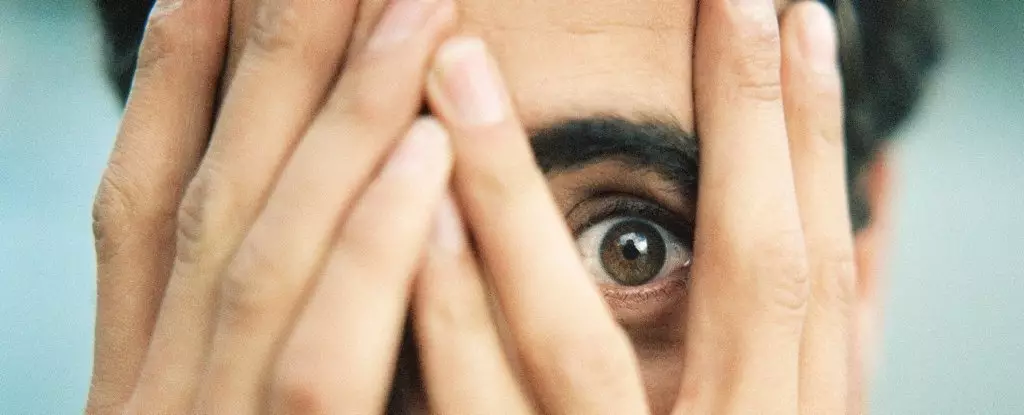Fidgeting is an innocent habit for many, but for some, it serves as a significant source of annoyance or distress. The psychological complexities surrounding the perception of movement, particularly fidgeting, have only recently begun to garner scientific attention. A developing field of study dubbed misokinesia sheds light on this often-overlooked phenomenon, illuminating the social and emotional impacts of visual distractions in our daily lives.
Misokinesia, a term translating to “hatred of movements,” refers to the aversive emotional responses that some individuals experience when exposed to the repetitious motions of others, such as fidgeting hands or tapping feet. This condition appears to affect a substantial portion of the population, with research indicating that approximately one in three people report feeling some degree of discomfort or irritation towards the fidgeting behaviors of others. Until recently, misokinesia was understudied, with relevant research correlating it to a more explored phenomenon called misophonia—a dislike for specific sounds. While both conditions result in aversion, misokinesia is anchored primarily in visual stimuli.
A critical study undertaken by psychologists at the University of British Columbia sought to systematically understand misokinesia, examining its prevalence and impact on daily life. The investigation included over 4,100 participants from diverse backgrounds, revealing that misokinesia is not confined to clinical populations but rather spills over into general social encounters. The results suggest that misokinesia poses genuine challenges, diminishing the quality of social interactions and environments where engagement and focus are crucial.
The implications of this research are profound. A third of the participants disclosed adverse emotional responses such as anxiety, anger, and frustration when exposed to fidgeting, with some even reporting a withdrawal from social activities due to these discomforts. This raises significant questions about how many people might struggle silently with misokinesia in their professional and personal lives without realizing it.
Despite its acknowledged prevalence, the cognitive underpinnings of misokinesia remain poorly understood. Initial attempts to explore whether elevated visual attentional sensitivity contributes to misokinesia were inconclusive. Researchers hypothesize that the phenomenon may not stem from an inability to filter out peripheral distractions. This discovery opens avenues for further inquiry, particularly concerning the neural mechanisms involved.
One intriguing line of investigation focuses on the role of mirror neurons—cells in our brains that respond both to our movements and the movements of others. For individuals prone to misokinesia, witnessing fidgeting might trigger an empathetic response, igniting feelings of anxiety or unease in direct correlation with another’s behavior. The intuitive sense of shared discomfort could explain why some individuals find themselves overwhelmed by others’ fidgeting; they momentarily inherit the unease being exhibited.
Understanding misokinesia reflects deeper aspects of social behavior and interpersonal dynamics. The recognition of misokinesia and its prevalence could foster awareness and empathy, allowing individuals to navigate social settings more effectively. Breaking the stigma around this condition can pave the way for more compassionate interactions, particularly in environments where concentration and tranquility are essential.
Furthermore, addressing the issue could lead to practical solutions. For example, facilitating environments less conducive to fidgeting may serve as a remedy in workplaces or educational settings. Equally, those who identify as fidgeters might find strategies to minimize their impact on others, thus fostering a more harmonious atmosphere.
As our understanding of misokinesia evolves, it becomes increasingly clear that this psychological phenomenon resonates with many individuals. The work of researchers serves as an essential milestone in validating these experiences. For those affected, acknowledging that they are not alone can be profoundly liberating. As we continue to investigate this intersection between visual stimuli and emotional response, fostering an inclusive dialogue around misokinesia may ultimately lead to more supportive and understanding communities. In shedding light on this peculiar yet common challenge, we invite empathy and insight into a behavior that many share but few articulate, reinforcing the importance of awareness in our social fabric.

